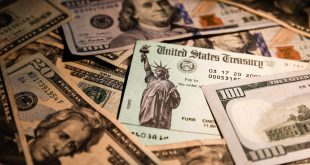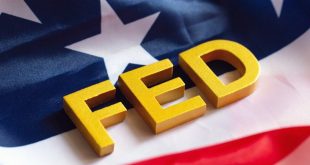The pound surged on Friday as statistics indicated that retail sales volumes in the United Kingdom increased at their quickest rate in nearly two years, as restored consumer confidence helped offset the pain of high inflation and interest rates.
According to figures from the Office for National Statistics, sales increased 0.8% between February and April compared to the previous three months, the largest gain since the three months to August 2021.
The pound was last up 0.3% versus the dollar, trading at $1.2355.
The pound fell 1.9% in May, heading for its first monthly decrease since February, owing partly to a recent surge in investor demand for the safe-haven attributes of the US dollar. Sterling fell 0.1% against the euro, reaching 86.95 pence.
This week’s data indicated that UK inflation dipped to 8.4% in April, lower than predicted, although core price pressures reached 31-year highs, leaving BoE policymakers no wiggle space in their effort to combat price pressures.
This week, UK government borrowing rates reached their highest level since the September bond market crash caused by then-Prime Minister Liz Truss’ devastating budget proposals.
Interest rates in the United Kingdom have already reached their highest level in 16 years, at 4.50%, and are now forecast to conclude the year at 5.50%, a sharp change from only one week ago, when money markets predicted a top of 4.80% by November.
Benchmark 10-year gilt rates are now about 4.378%, having climbed roughly 70 basis points in May alone.
Gilts are trading at their highest premium over 10-year US Treasuries in over 14 years, demonstrating the increased risk investors place on UK government debt right now, especially in light of the spat over the US government’s borrowing ceiling.
After statistics showed food prices were growing substantially despite a drop down to single digits for the headline inflation rate in April, Bank of England Governor Andrew Bailey expressed alarm this week about the prospect of “sticky and stubborn” inflation throughout the summer.
 Noor Trends News, Technical Analysis, Educational Tools and Recommendations
Noor Trends News, Technical Analysis, Educational Tools and Recommendations





